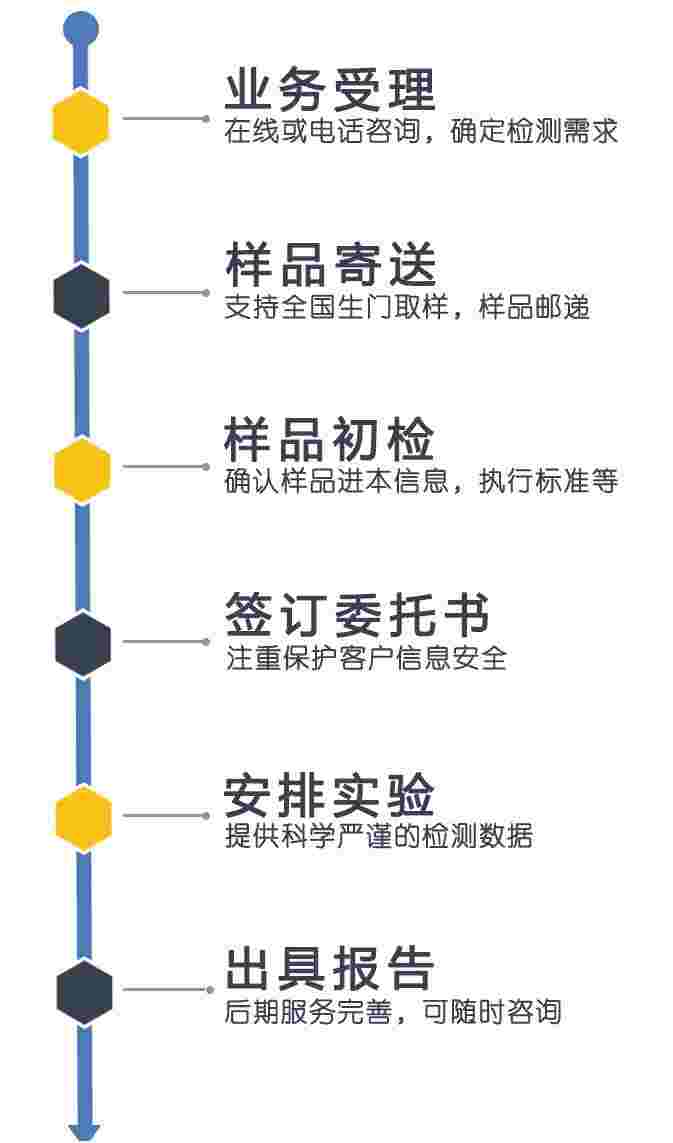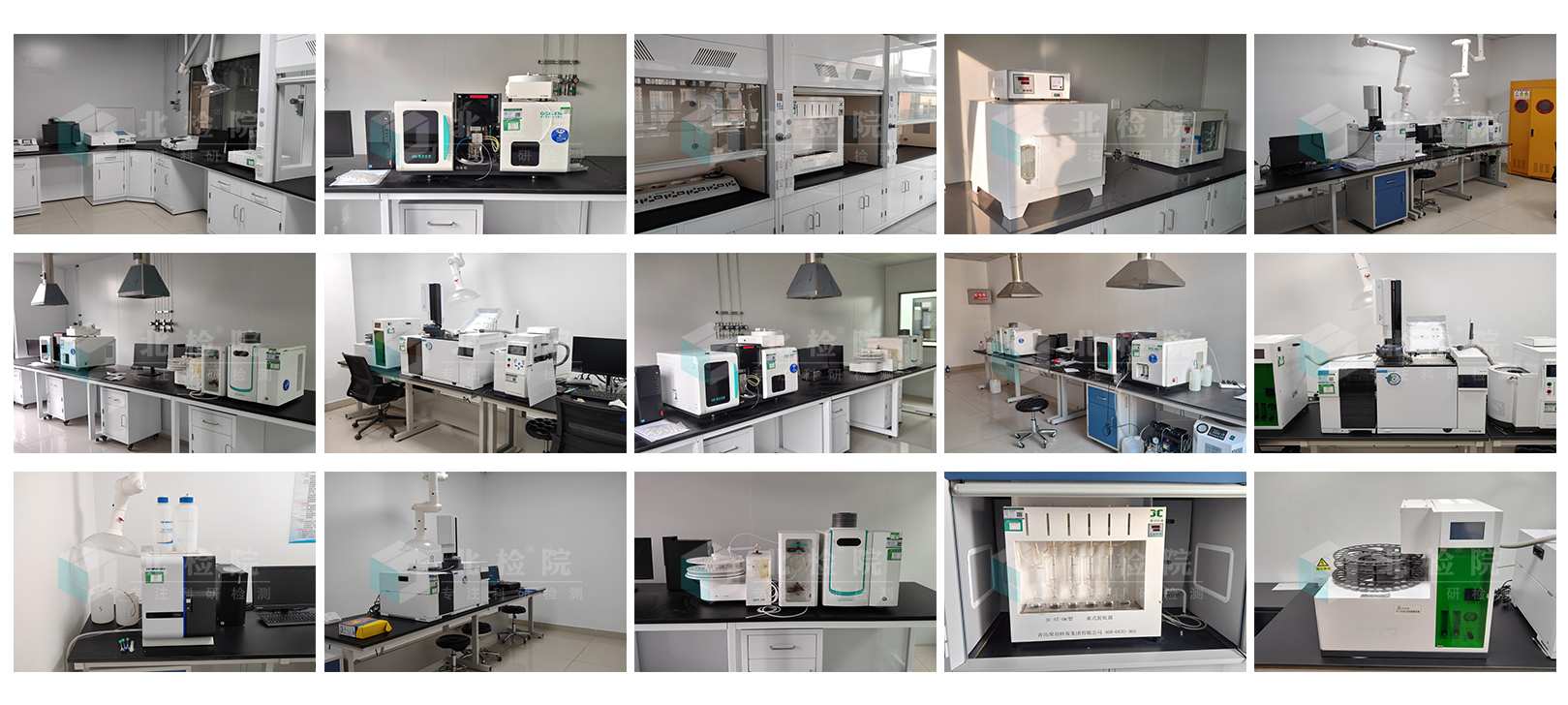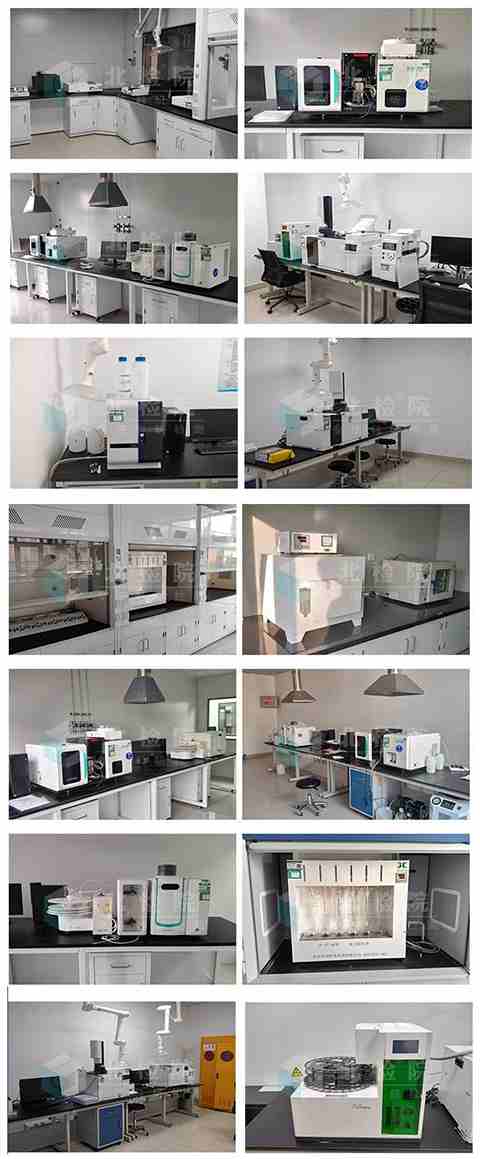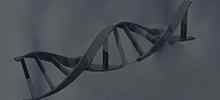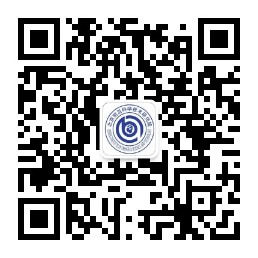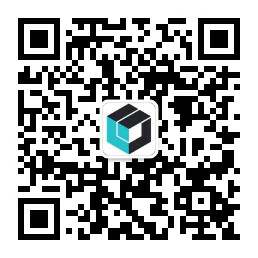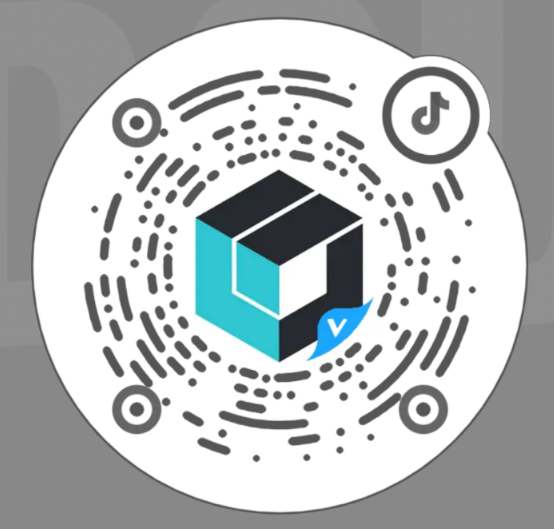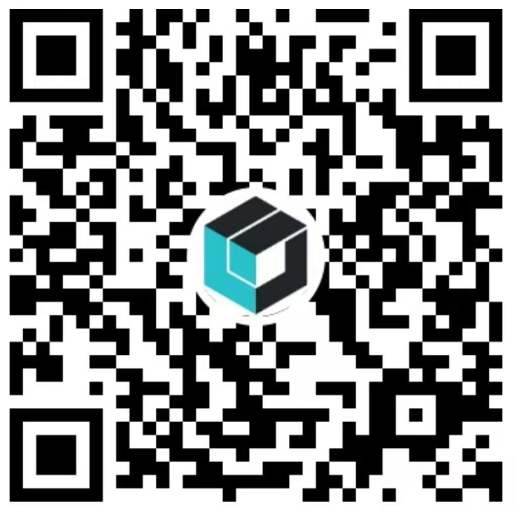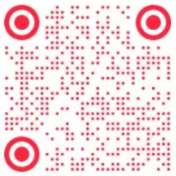
注意:因业务调整,暂不接受个人委托测试,望见谅。
检测项目(部分)
五氯酚残留量
重金属
铬(VI)
摩擦色牢度
拉链耐用度
外观质量
五氯苯酚
标志、标签
锁具耐用性能
扣件耐用性能
六价铬
甲醛
铬(Ⅵ)
塑料插扣耐用性能
禁用偶氮染料
五金配件耐腐蚀性
全部参数
铅、镉含量
皮件 带类产品动态耐折
2 3 5 6-四氯苯酚
检测样品(部分)
出口皮革及皮革制品
皮及皮革制品
皮革和皮革制品
皮革制品
进出口皮革及皮革制品
进出口染色纺织品和皮革制品
检测标准(部分)
本标准适用于各种日用皮革制品。
本标准不适用于已有产品标准的皮革制品。
本标准不适用于特种工业用皮革制品。
本标准适用于进出口皮革服装及皮革手套。
1.1 This practice covers the conditioning of all units and specimens of leather and leather products prior to testing and the conditions under which they should be tested. This practice does not apply to wet blue.
1.2 This standard does not purport to address the safety problems associated with its use. It is the responsibility of the user of this standard to establish appropriate safety and health practices and determine the applicability of regulatory limitations prior to use.
1.1 This practice covers the conditioning of all units and specimens of leather and leather products prior to testing and the conditions under which they should be tested. This practice does not apply to wet blue.
1.2 This standard does not purport to address the safety problems associated with its use. It is the responsibility of the user of this standard to establish appropriate safety and health practices and determine the applicability of regulatory limitations prior to use.
1.1 This standard is a compilation of all terminology developed by Subcommittee D13.62 on Labeling and related to refurbishing and labeling for apparel textile home furnishing and leather products other than upholstered furniture and floor coverings.
1.2 This terminology provides a uniform language for the disclosure of care instructions on labels that are to be attached to apparel textile home furnishing and leather products.
1.3 In the United States apparel care labels must be attached permanently except when exempted by Federal Trade Commission regulation (see section 2.2).
1.4 These definitions and descriptions employ common meanings used not only by textile technologists but also by consumers.
1.5 These instructions may apply to some accessory products.
1.6 The standardized terminology should be used on the label in a logical refurbishing sequence (wash bleach dry iron dryclean wetclean) in order to disclose maximum information in a small label space and to help the consumer understand recommended practices.
1.7 Preliminary instructions may be necessary for proper care of certain products (see Table 1 Preliminary Instructions).
1.8 The wording on a care label should be brief. Manufacturers are encouraged to place more detailed explanations in or on package covers or in some temporary form of communication such as a sticker or hangtag. The terms used should be consistent with those used on care labels.
1.9 The word x201C;onlyx201D; in any care label term limits that portion of the procedure to the stated instruction.
1.10 A care instruction for a product is applicable to all components of the product including nonremovable linings trim and other details. Any exceptions should be a part of the labeled instruction. An intentionally removable component such as a zip-out liner is expected to be separately labeled when it must be cared for differently from the garment itself or when there could be serious doubt about what procedure to use (see Federal Trade Commission Trade Regulation Rule).
1.11 Laundering temperatures are maximum and vary widely in national and international practice (see Table 2). Consumers may obtain water temperatures in their washing machines which are frequently below and sometimes higher than the stated maximum temperature. The actual water temperature obtained when using the washing machine settings of hot warm and cold vary in North America by region season water heater settings (including solar) and regulations governing factory-set mixes. In general North American washing machines do not have internal heaters.
1.12 This terminology is unique to the care of textile and leather products. Meanings of the same terms outside the industry can be found in other compilations or dictionaries of general usage.
1.13 In addition to being a specialized dictionary Terminology D 3136 is also useful for managing the subcommittee''s terminology.
1.14 Terms listed are under the jurisdiction of SC D13.62.
1.15 For definitions of other textile terms
see Terminology D 123
TABLE 1 Label Terms and Detailed Instructions
| Label Term | Detailed Instructions |
|---|

